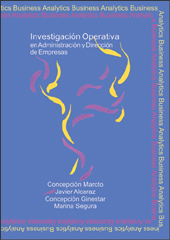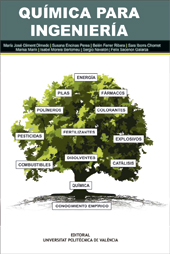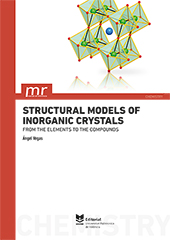| Vegas Molina, Ángel |
Graduated in Chemistry in 1970 at the Universidad Complutense de Madrid, where he also earned his Ph. D. in February 1975. After performing postdoctoral stages at the Crystallography Laboratory of CNRS in Grenoble (France) and at the University of Düsseldorf (Germany), he earned in 1978 a permanent researcher position at the Institute for Inorganic Chemistry ¿Elhuyar¿ of CSIC in Madrid (Spain). He has published 116 articles, 5 book chapters and has been editor of a volume in the prestigious collection ¿Structure and Bonding¿ of the editorial Springer He¿s four most notable scientific contributions are: 1) The Discovery of the relationship between Oxidation and Pressure, which allows to understand the structures of metal oxides as pressurized phases of the metallic elements. 2) The extension of the Zintl-Klemm concept, which accounts for the skeletons of thousands of compounds such as aluminates, silicates, phosphates, germanates, arsenates, etc. 3) The deepening in the concept that cation subarrays in oxides preserve the structures of either elements or the constituent alloys, so that oxides can be defined as real oxygen-stuffed alloys. 4) The discovery that elemental structures are the key to understand the more complex structures of oxides. |







